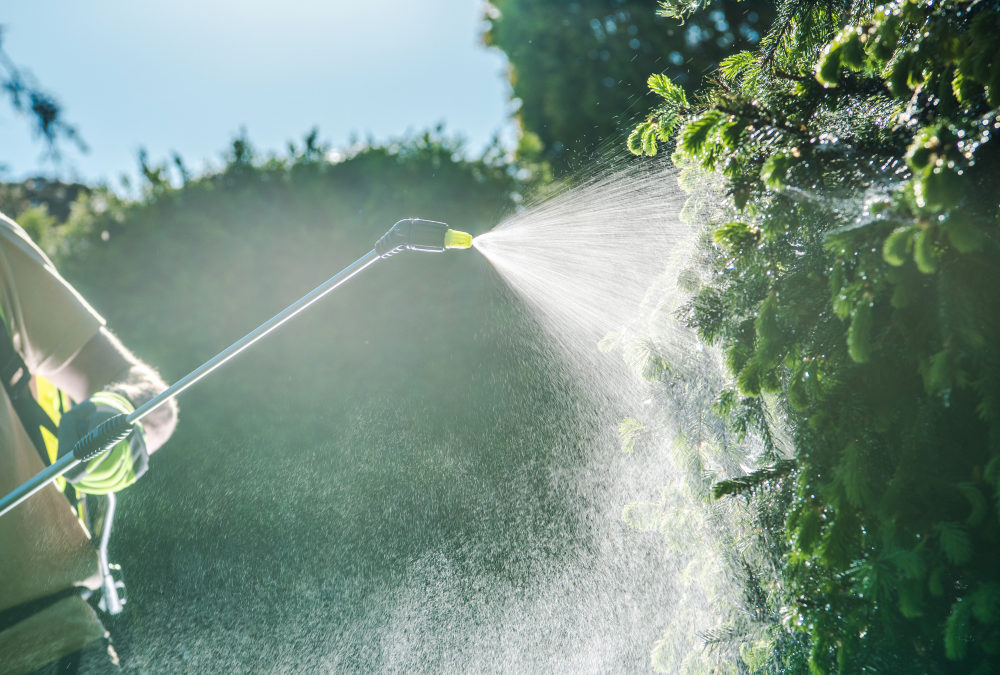
A newly published study adds evidence to the theory that exposure to the herbicide paraquat may increase the risk of developing Parkinson’s disease.
Paraquat’s major manufacturer—Syngenta—currently faces thousands of lawsuits filed by plaintiffs who claim they were diagnosed with Parkinson’s after years of exposure to the herbicide.
Researchers published the study in the scientific journal Ecotoxicology and Environmental Safety, investigating the role that paraquat may play in the buildup of dangerous, disease-causing proteins in the brain.
Alzheimer’s and Parkinson’s Disease Associated with Amyloid Protein Buildup
For the study, scientists examined human cells to see how they may react to paraquat exposure. They targeted amyloid proteins which are often found in the brains of those having Alzheimer’s disease and Parkinson’s disease.
An amyloid protein is an abnormal protein that builds up in the body and damages organs and tissues. The body can’t break down amyloid proteins and recycle them like normal proteins. Thus, the amyloid proteins clump together and form deposits that damage organs and tissues.
Previous scientific research has indicated that both Alzheimer’s disease and Parkinson’s disease are associated with the buildup of amyloid proteins. The American Brain Foundation notes that both diseases “are neurodegenerative diseases researchers have linked to toxic protein clumps in the brain.”
In Parkinson’s disease, these toxic buildups damage parts of the brain responsible for movement. In Alzheimer’s disease, the buildup accumulates in specific brain regions involved in memory.
Studies Link Paraquat Exposure to Increased Risk of Parkinson’s Disease
The scientists in this recent study noted that it’s not only the accumulation of amyloid proteins that is the problem, but the body’s inability to clear them out. They identified anenzyme that may regulate amyloid clearance, but found that exposure to paraquat disrupted this enzyme’s work, allowing the abnormal development of amyloid proteins to occur.
In conclusion, the findings showed that exposure to the pesticide caused not only abnormal accumulation of amyloid proteins but also decreased the effective degradation of those proteins.
This is one of several studies that have linked paraquat with an increased risk of Parkinson’s. In 2018, for example, researchers from the University of Guelph found that low-level exposure to pesticides like paraquat disrupted cells in a way that mimicked the effects of mutations known to cause Parkinson’s disease.
In a 2019 review, researchers found that Parkinson’s disease occurrence was 25 percent higher in participants exposed to paraquat. Results from a subgroup analysis also indicated a higher Parkinson’s disease frequency in those exposed to the herbicide for longer periods.
Over 60 countries have banned the use of paraquat because of its links to Parkinson’s disease, but the U.S. Environmental Protection Agency (EPA) continues to allow its use by conventional agriculture.
Thousands of Plaintiffs Have Filed Claims Against Paraquat Manufacturers
In June 2021, the U.S. Judicial Panel on Multidistrict Litigation (JPML) ordered all federally filed paraquat lawsuits centralized in the Southern District of Illinois. Since then, several thousand plaintiffs have filed complaints in the court, raising similar allegations against Syngenta.
Currently, the parties are working on preparing a small number of cases to go to early trial. The first pool of 10 bellwether cases is in progress now, with the first trial tentatively set for April 2025.

Exclusively focused on representing plaintiffs—especially in mass tort litigation—Roopal Luhana prides herself on providing unsurpassed professional legal services in pursuit of the specific goals of her clients and their families. While she handles complex cases nationwide on behalf of consumers, Ms. Luhana resides with her family in Brooklyn, New York.









